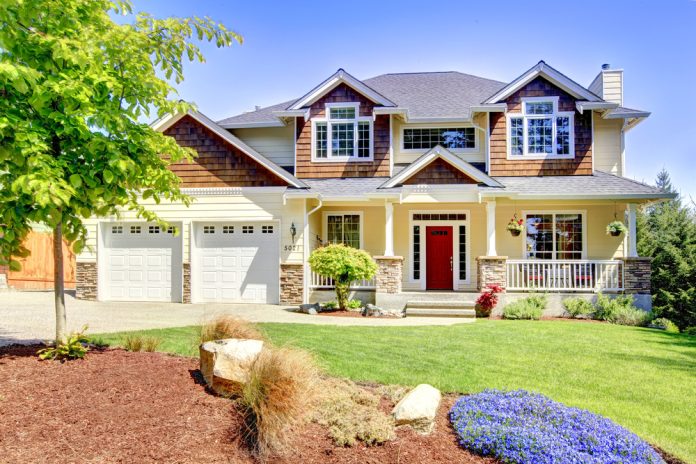Ah, home upgrades. We’ve all had that moment of inspiration (or impulse) where we think, This will totally make my house worth more! Maybe it’s after binge-watching a home renovation show or seeing a neighbor’s shiny new addition. But here’s the thing: not all upgrades are created equal. Some will have buyers practically throwing cash at you, while others will leave them scratching their heads, wondering, Why would anyone do this?
Before you start knocking down walls or installing a koi pond in your living room (spoiler: don’t do that), it’s important to know which investments actually pay off and which are just glorified money pits. Some upgrades will increase your home’s value and make it more attractive to buyers, while others will have you wishing you had just left things alone.
So let’s break it all down—the six upgrades that are worth your time and money—and the three that, well, aren’t. By the end of this, you’ll know exactly where to focus your efforts to maximize your home’s value without wasting a dime.
1. Kitchen Remodel
The kitchen is the heart of the home—and one of the first places buyers scrutinize. If a home’s kitchen is outdated, cluttered, or just plain uninspiring, it can be a dealbreaker. A well-done kitchen update can add serious value, but before you start dreaming of a chef’s paradise with top-of-the-line everything, let’s talk strategy.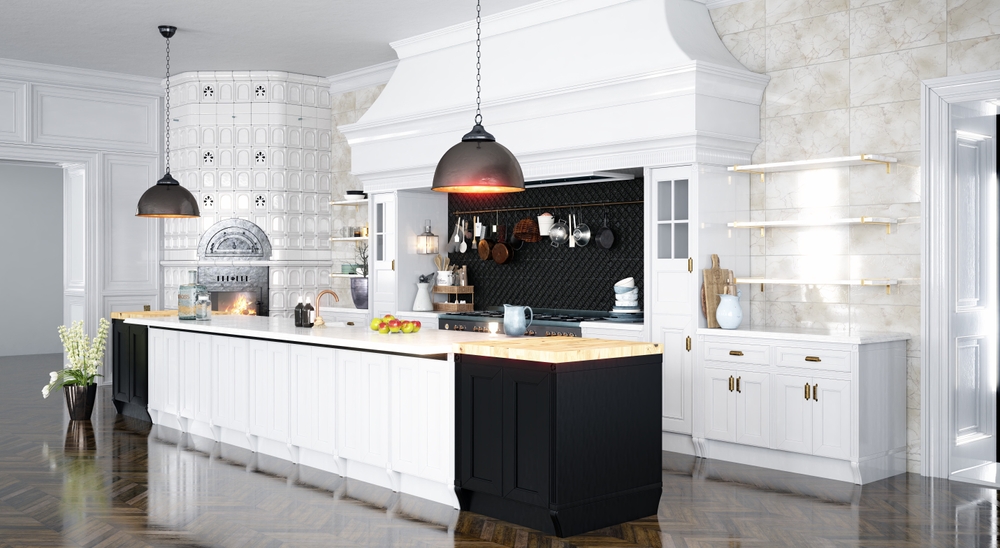
How Much Should You Spend?
A mid-range remodel (think $15,000-$40,000) will generally yield the best return on investment. While a full luxury overhaul might be tempting, it often doesn’t offer a good return unless your home is already in a high-end market. Instead of gutting the entire kitchen and rebuilding from scratch, focus on smart upgrades that make the space more functional and modern without overcapitalizing.
Where to Focus Your Budget
- New countertops: Quartz is the king of kitchen countertops—it’s durable, stylish, and more affordable than marble.
- Updated cabinets: Instead of ripping them out entirely, consider refinishing or repainting them for a fresh look.
- Backsplash: A stylish backsplash can add personality and visual appeal without breaking the bank.
- Energy-efficient appliances: Modern stainless steel appliances not only look sleek but also attract buyers who value energy savings.
What to Avoid
- Trendy fads: Remember when everyone wanted Tuscan-style kitchens with ornate wood cabinets and heavy detailing? Those aged like milk. Stick with timeless, neutral styles that appeal to the widest range of buyers.
- Ultra-personalized designs: Sure, bright orange cabinets might make you happy, but will they make a buyer eager to pay top dollar? Probably not.
- Over-customization: Built-in espresso machines and high-end restaurant-style stoves sound great in theory, but if they aren’t practical for the average home cook, they won’t add much value.
Pro Tips for Maximum Value
- Stainless steel appliances and quartz countertops are practically a cheat code for making your kitchen look high-end without spending a fortune.
- If you can’t afford new cabinets, upgrading the hardware (handles and knobs) is an easy, low-cost improvement that makes a surprising difference.
- Keep it light and bright—natural light and neutral tones make kitchens feel bigger and more inviting.
At the end of the day, a well-planned kitchen upgrade can make your home more attractive to buyers and give you a great return on investment. Just remember—think function over flair, and don’t let your love for ultra-trendy designs lead you astray!
2. Bathroom Upgrades
No one wants to buy a house with a bathroom that looks like it hasn’t been touched since the ’70s—unless, of course, they’re into that whole retro avocado green and mustard yellow vibe. For most buyers, a clean, modern bathroom is a major selling point.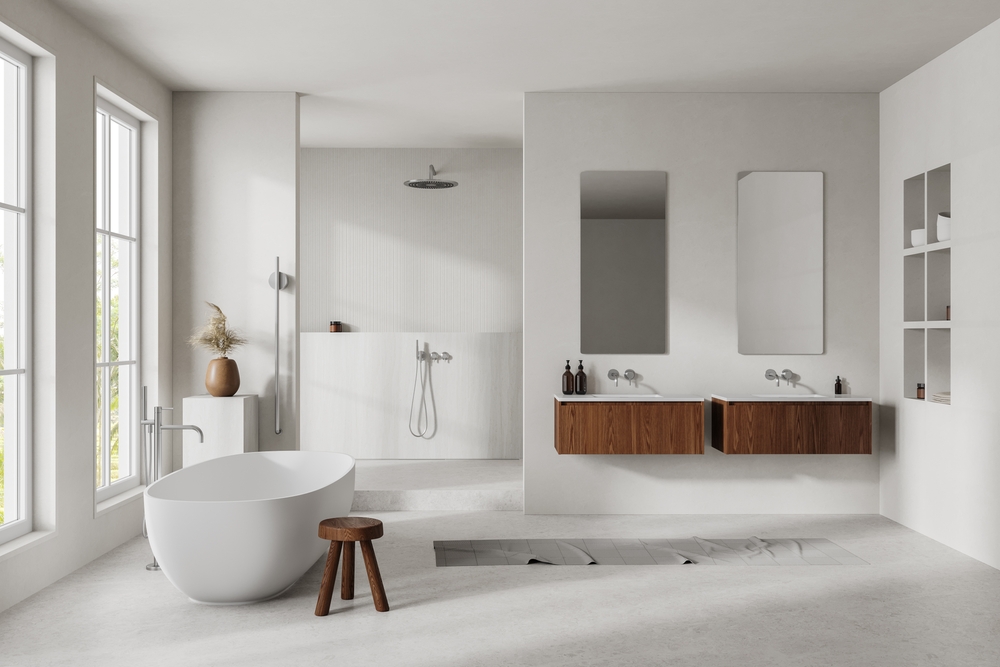
Quick and Easy Wins
- Replacing old fixtures: Swapping out that rusty faucet and outdated lighting for sleek, modern pieces can instantly freshen up the space.
- Upgrading to a double vanity: If you have the room, this is a game-changer—especially for couples who don’t want to battle over sink space every morning.
- Installing new tile: A fresh tile job can work wonders, making even a small bathroom look high-end.
Big ROI Boosters
- Walk-in showers: Massive whirlpool tubs may have been all the rage 20 years ago, but these days, buyers prefer a spacious, stylish walk-in shower. Bonus points if you add a rainfall showerhead!
- Neutral, spa-like colors: Soft grays, whites, and earthy tones make the bathroom feel calming and universally appealing.
- Good lighting: A dimly lit bathroom screams bad decisions ahead. Make sure your vanity lighting is bright and flattering.
Bonus Points for a Luxurious Touch
- Heated floors: Because nothing says “I’ve made it” quite like stepping out of the shower onto warm tiles in the winter.
- Backlit mirrors: Not only do they look fancy, but they also provide perfect lighting for makeup and shaving.
- Smart toilet: It might sound extra, but features like bidet functions and self-cleaning technology are becoming more popular (because who really enjoys scrubbing toilets?).
What to Avoid
- Over-the-top luxury features: A bathroom with gold-plated fixtures and a chandelier may look opulent, but it’s unlikely to offer a great return.
- Oversized tubs: Unless you live in a spa retreat, that huge jacuzzi tub is likely to go unused and take up too much space.
- Over-personalized tile designs: That custom mosaic may be beautiful, but if it’s too unique, buyers might see it as an expensive headache to replace.
At the end of the day, bathroom upgrades don’t have to be complicated or over-the-top. A few strategic changes can make a world of difference, helping your home stand out in the market and ensuring that buyers actually want to spend time in their new bathroom—without feeling like they’ve been transported back to 1975.
3. Curb Appeal Enhancements
First impressions matter. If your house doesn’t look great from the outside, some buyers won’t even step inside. A well-maintained exterior signals to potential buyers that the home has been cared for, setting the tone before they even cross the threshold.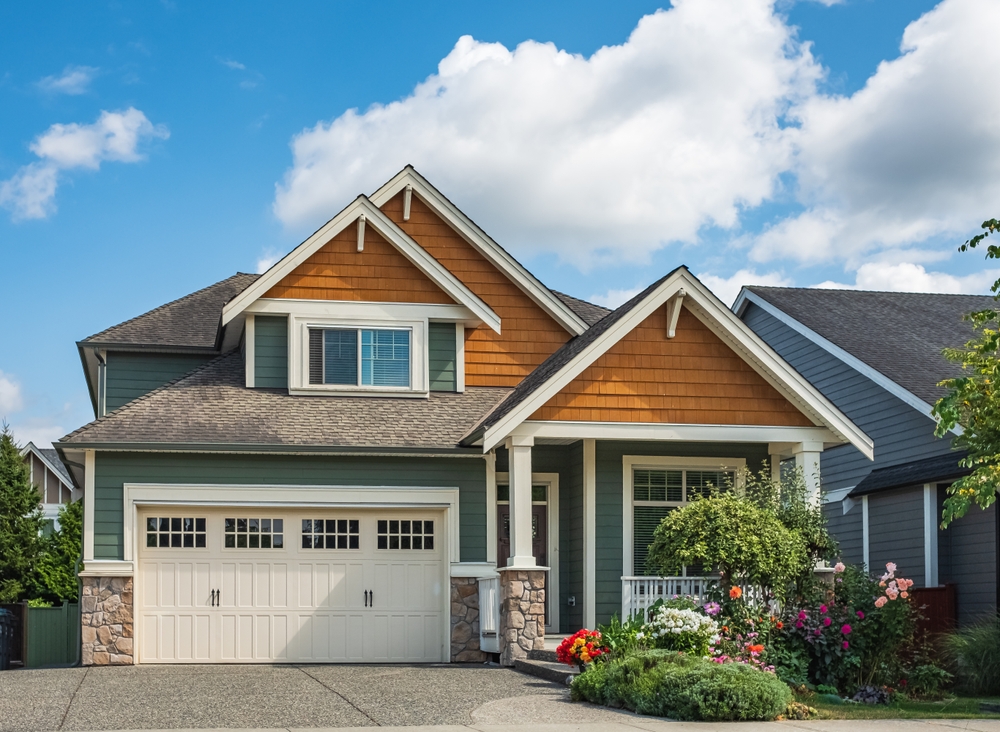
Small But Mighty Updates
- Fresh coat of paint: A new paint job on the exterior can make your home look newer and well-kept.
- New front door: An updated, stylish front door can be a statement piece that boosts curb appeal instantly.
- Updated landscaping: A neat, green lawn with well-placed shrubs and flowers can enhance the overall aesthetic.
ROI Boosters
- Homes with well-maintained exteriors can sell for 5-10% more than those with neglected yards and peeling paint.
- New house numbers and mailbox: Small changes like modern house numbers and a fresh mailbox can add a surprising level of polish.
Pro Tips for Maximum Impact
- Keep landscaping simple—buyers love a lush green lawn and tidy shrubs, but an overly intricate garden might intimidate those who lack a green thumb.
- Outdoor lighting matters—well-placed lighting not only enhances the look of your home at night but also improves safety.
- Fix the small stuff—chipped paint, loose railings, or a broken mailbox can make a home look neglected.
Curb appeal isn’t just about aesthetics—it’s about creating a welcoming atmosphere that draws buyers in before they even step inside.
4. Energy-Efficient Upgrades
Buyers love homes that help them save money. Making your home more energy-efficient isn’t just good for the environment—it’s great for resale value, too.
Simple Yet Effective Upgrades
- LED lighting: Swapping out old bulbs for LEDs reduces energy use and lasts longer.
- Smart thermostats: Devices like Nest or Ecobee help lower utility bills and appeal to tech-savvy buyers.

- Energy-efficient windows: These improve insulation, keeping homes warmer in winter and cooler in summer.
Big-Ticket Items That Pay Off
- Solar panels: While the initial investment is high, they can significantly reduce electricity costs and make your home more attractive to eco-conscious buyers. Be sure to check local incentives and utility savings to maximize ROI.
- Energy Star-rated appliances: High-efficiency dishwashers, refrigerators, and washing machines not only save money but often qualify for tax credits.
Pro Tips for Maximum Value
- Before investing in solar, research whether your area offers incentives or rebates to offset costs.
- Ensure any upgrades come with the right certifications—buyers love to see the Energy Star label.
- Small energy-efficient improvements can make a big difference in how modern and cost-effective your home appears to buyers.
Energy efficiency is more than just a trend—it’s a major selling point in today’s market. If your home can promise lower utility bills, that’s an upgrade buyers will happily pay for!
5. Finished Basement or Attic
More usable space equals more value. If you have an unfinished basement or attic, converting it into a functional living area is a great investment that maximizes square footage and increases resale potential.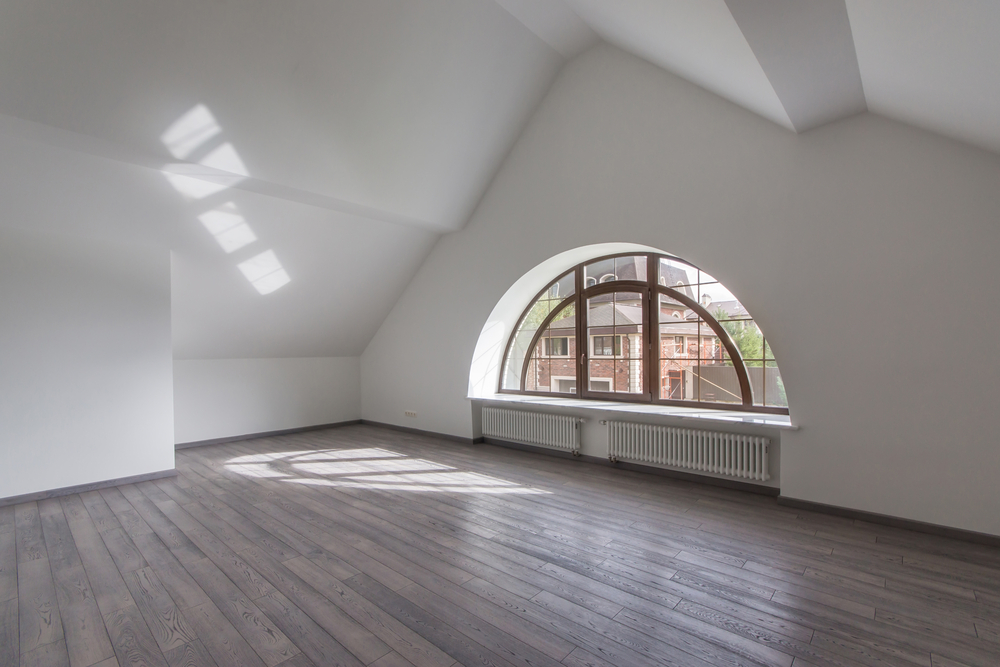
Why This Upgrade Matters
Buyers love extra space, especially when it’s well-designed and purposeful. A finished basement or attic can transform your home by adding a new dimension of livability without increasing the footprint.
Basement Transformations
- Home theater: Perfect for movie nights with a cozy setup and surround sound.
- Guest suite: Add a bedroom and bathroom for visiting family or short-term rental potential.
- Rec room: A play area for kids, a game room, or a home gym are all great uses of space.
Attic Makeovers
- Home office: With remote work becoming the norm, a quiet, dedicated office is a major selling point.
- Playroom: Great for families who need a designated space for kids.
- Cozy reading nook: Turn it into a tranquil space with built-in shelving and comfy seating.
Key Considerations
- Lighting: Basements can feel dark and dreary, so proper lighting is essential.
- Insulation: Attics can get hot in summer and cold in winter—ensure proper insulation for comfort.
- Permits: Always check local regulations before renovating an attic or basement, especially if adding plumbing or electrical work.
Warning: Don’t Create a Dungeon!
A musty, dark basement isn’t doing anyone any favors—unless you’re selling to a vampire. Keep the space bright, airy, and inviting with proper ventilation, warm lighting, and thoughtful design choices.
A well-finished basement or attic isn’t just extra space—it’s a value booster that makes your home more functional and appealing to buyers.
6. Smart Home Features
Tech-savvy buyers love smart home features, especially when they add convenience and security. The good news? You don’t have to turn your house into a full-on spaceship to make it more appealing.
Best Investments
- Smart thermostats: Devices like Nest and Ecobee help homeowners save on energy costs while adding a modern touch.
- Keyless entry: A smart lock not only improves security but also makes forgetting your keys a thing of the past.
- Video doorbells: Products like Ring and Google Nest add both convenience and safety, a winning combo for buyers.
- Security systems: A professionally monitored or DIY smart security system offers peace of mind and is a solid selling point.
What to Avoid
- Overkill: Not everyone wants to control their fridge, coffee maker, and blinds from their phone. Keep it simple and functional.
- Hyper-specialized automation: A home that requires an instruction manual for basic functions might scare off potential buyers.
Pro Tips for Maximum Value
- Stick with security and energy-saving features for the best ROI.
- Ensure smart home devices are user-friendly—buyers shouldn’t need an engineering degree to turn on the lights.
- If installing a smart thermostat, make sure it’s compatible with various HVAC systems so it appeals to a broader range of buyers.
Smart home upgrades can make your house feel modern and practical without overwhelming buyers with too much tech. The key is balance—offering just enough automation to make life easier without turning your home into something out of Black Mirror.
3 Upgrades That Don’t Add Value (And Might Even Hurt!)
1. Over-the-Top Luxury
While a home theater, custom wine cellar, or $50K koi pond might sound cool, they rarely add real value.
- Reality check: Buyers see these as high-maintenance and personal luxuries, not must-haves.
- Example: That marble-clad bathroom that cost you $30K? It might not appeal to a buyer who prefers a simple, functional space.
- Pro tip: If it screams “only I would love this,” reconsider.
2. Swimming Pools
Pools look glamorous in listing photos, but they often scare off buyers. 
- The issue: Maintenance costs, insurance, and safety concerns.
- Exceptions: If you’re in a warm climate where pools are common, it might be a good investment.
- Pro tip: If you already have a pool, keep it well-maintained to avoid it looking like a mosquito breeding ground.
3. Trendy, Over-Personalized Decor
We get it, you love that bright orange accent wall—but will a potential buyer?
- Biggest offenders: Bold paint colors, funky wallpaper, and overly themed rooms (a Star Wars-themed kitchen is only cool to Star Wars fans).
- The fix: Stick to neutral tones that appeal to the masses.
- Pro tip: If you must go bold, do it with decor that can be easily swapped out.
Bonus Upgrade: The Unexpectedly Valuable Addition
A Home Office!
The remote work era is here to stay, and buyers love a dedicated home office space. Just saying… if you have the space, dress it up!
- Why it matters: More people are working from home than ever before.
- Easy upgrade: Convert a spare bedroom or unused nook into an office with good lighting and storage.
- Pro tip: Keep it neutral—no one wants to work in a neon green office.
So as we close this out, when it comes to home upgrades, the key is to think about what appeals to most buyers, not just what you personally love. Focus on practical, high-ROI improvements, and avoid flashy or overly personal renovations that could hurt resale value.
And hey, if you really want that koi pond or spaceship-themed bedroom, go for it—just don’t expect it to add to your home’s selling price. Happy upgrading!

